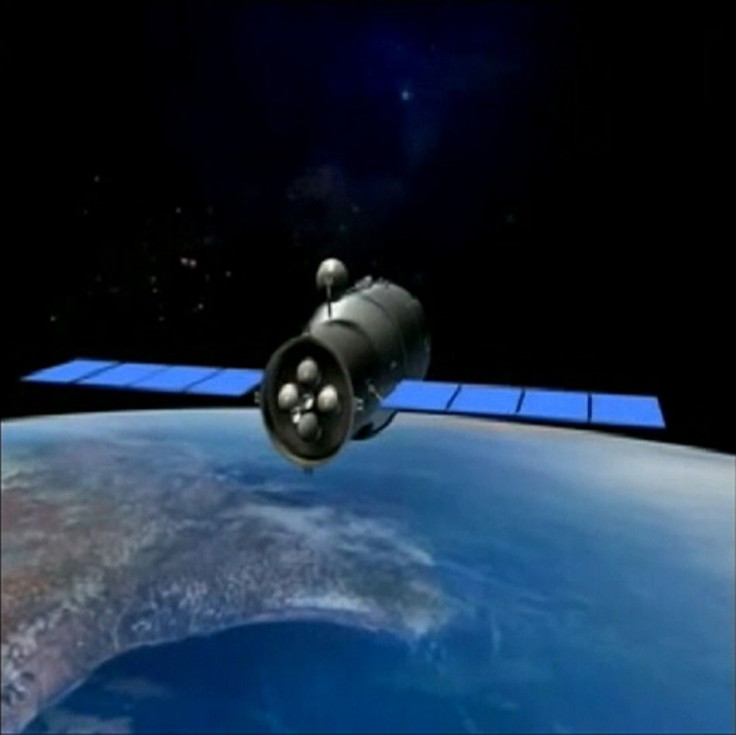China’s Failed Space Station Module Tiangong-1 Could Fall Over The United States
When China launched Tiangong-1, the first module of its planned space station, in September 2011, it was considered a large step by the Asian powerhouse toward achieving a part of its very ambitious space program. But just over 4 years and two visits by astronauts later, the module failed and is now in an uncontrolled orbit around Earth, predicted to fall to the surface soon.
There have been many estimates about when and where Tiangong-1 (it means “heavenly palace-1” in Chinese) will eventually crash, and the latest projections by the European Space Agency (ESA) were announced Tuesday, while the California-based nonprofit the Aerospace Corporation released its prediction Feb. 28. And according to both, the first week of April is currently the most likely time for the space debris to reach the surface.
The ESA forecast for Tiangong-1’s reentry, provided by its Space Debris Office, said: “The current estimated window is ~29 March to ~9 April; this is highly variable.” The Aerospace Corporation gave a somewhat less precise projection, but along the same lines: “Tiangong-1 is predicted to reenter in early April 2018 ± 1 week.”
Both projections also said the likelihood of an actual piece of debris reaching Earth’s surface was very low. If one or more pieces survive the reentry burn — caused by friction with the atmosphere as they fall toward the surface — they are going to certainly fall within 43 degrees north and south of the equator.

Given the erratic orbit of the defunct spacecraft, predicting anything about its fall with accuracy is not possible. But observations of its orbit show the areas most at risk from any falling debris run in two straight bands, one in each hemisphere. The northern band runs across a number of states in the United States, from California and Oregon in the west to Pennsylvania, New York and a number of others in the east. It goes on across the Atlantic Ocean into Europe, and then through Central Asia into China and North Korea, and finally Japan.
In the southern hemisphere, it cuts through Chile and Argentina in the west, and Australia and New Zealand in the east, completely bypassing the entire African continent. Everything between those two bands has a much lower chance of debris falling over those areas.
With over half the surface left out, and much of the remaining area being covered by water bodies, the chance of a piece of debris hitting anyone is extremely small. According to the Aerospace Corporation, even in the highest-risk areas (under those two bands), “the probability that a specific person […] will be struck by Tiangong-1 debris is about one million times smaller than the odds of winning the Powerball jackpot.”
The spacecraft is 10.4 meters long, and has two solar panels, each of which are about 7 meters long and 3 meters wide. It was orbiting between about 250 and 270 kilometers above Earth, as on Feb. 28 (for context, the International Space Station orbits about 400 kilometers above the surface). Given its current estimated weight, it would be much like a number of other satellites that have made reentry in the past. Of the approximately 30,000 tons of hardware that has fallen back to Earth, there has never been a single casualty.
© Copyright IBTimes 2025. All rights reserved.





















